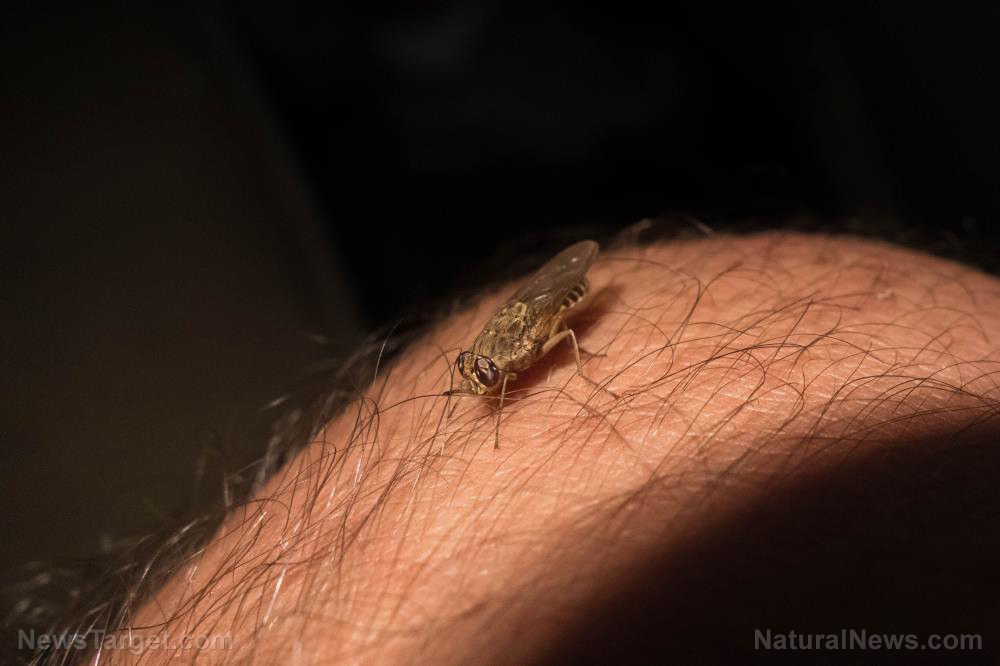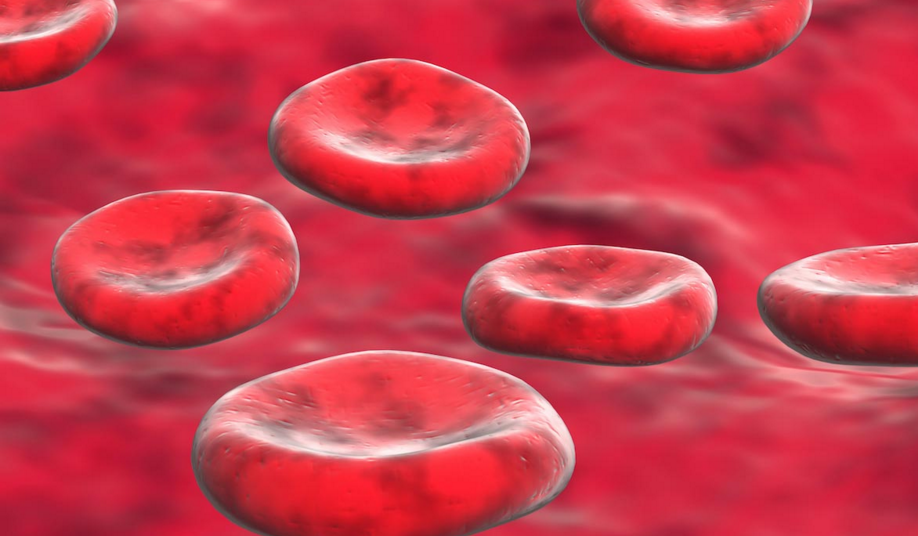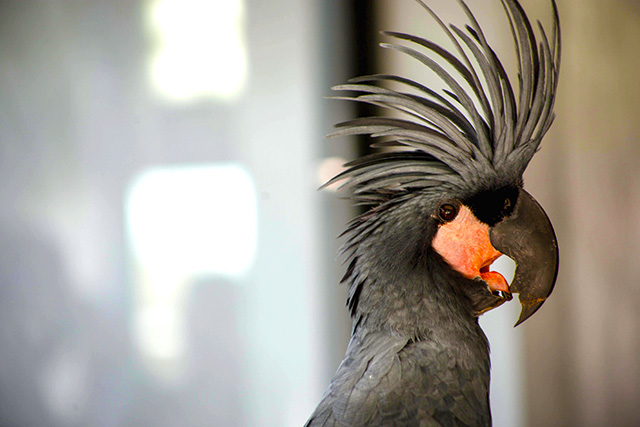Painting white stripes on your body may protect you from insect bites, according to scientific studies
04/03/2019 / By Edsel Cook

If you are in the wilderness or any area with biting insects, you can keep the potential disease-bearing insects away from you by painting white stripes on your skin. European researchers explained that this particular pattern of body paint serves as an effective insect repellent that isn’t reliant on a potentially unsafe chemical effect.
Many indigenous people apply natural ingredients to their skin to form distinct markings. A particularly popular pattern is a series of white stripes like those on a zebra.
The traditional practice of body-painting turned out to have a protective effect against infectious diseases spread by biting insects. The majority of these indigenous people live in regions where there are large populations of insects that drink blood. Of particular concern are horseflies, mosquitoes, and tsetse flies.
These biting insects are known carriers of disease-causing microorganisms like bacteria and parasites. When these insects bite humans, they can infect their victims with the pathogens, causing serious illnesses. (Related: Make your own all-natural, powerful bug repellents.)
Pale-colored stripes keep biting insects away from animals and people
Conducted by Swedish researchers from Lund University and their counterparts in Hungary, the new study confirmed painting white stripes on the skin could greatly reduce the chances of getting bitten by a disease-bearing insect. By doing so, the body paint reduced the risk of contracting an infectious disease like malaria or African sleeping sickness.
The researchers found that a brown-colored plastic model that was shaped like a human drew 10 times as many horseflies as a dark-colored counterpart which sported white stripes. In addition, a beige plastic model that served as a control ended up attracting twice as many blood-sucking flies as the striped model.
Lead researcher and Lund professor Susanne Akesson explained that no one knew the exact beginning of the tradition of body-painting. However, the practice could have appeared on separate continents at more or less the same time.
“Body-painting began long before humans started to wear clothes,” she said. “There are archaeological finds that include markings on the walls of caves where Neanderthals lived.”
Akesson’s team found that the stripes of a zebra were not limited to protecting the animal against predators. The pattern also offered protection against horseflies. A similar effect was achieved by fur with pale colors, especially when compared to dark fur.
Avoid insect bites by painting white stripes on your skin
The Lund researchers conducted their experiment in Hungary. They applied different paints on three human-shaped plastic models. One was dark all over, a second was also dark but had white stripes as well, and the third was beige.
All models were coated with insect glue. They were exposed to horseflies, and the researchers counted the number of insects captured. The striped models showed the least number of insects, suggesting that the bloodsucking pests were less interested in them than the non-striped figures.
In addition to evaluating the attraction of horseflies to color, the researchers also tested the insects’ response to models that were standing upright or lying prone. They reported that the standing models attracted only females, while both male and female horseflies approached the models that were lying down.
“These results are in line with previous experiments in which we showed that males gravitate towards water in order to drink and land on surfaces that reflect horizontal, linear polarised light, such as signals from a water surface,” Åkesson reported. “Females that bite and suck blood from host animals respond to the same signals as the males, but also to light signals from in the vertical plane, such as the standing models.”
Sources include:
Tagged Under: infectious diseases, insect bites, insect repellent, mosquitoes, paint, prevent insect bites, prevention, remedies, research, science breakthroughs, tsetse fly



















